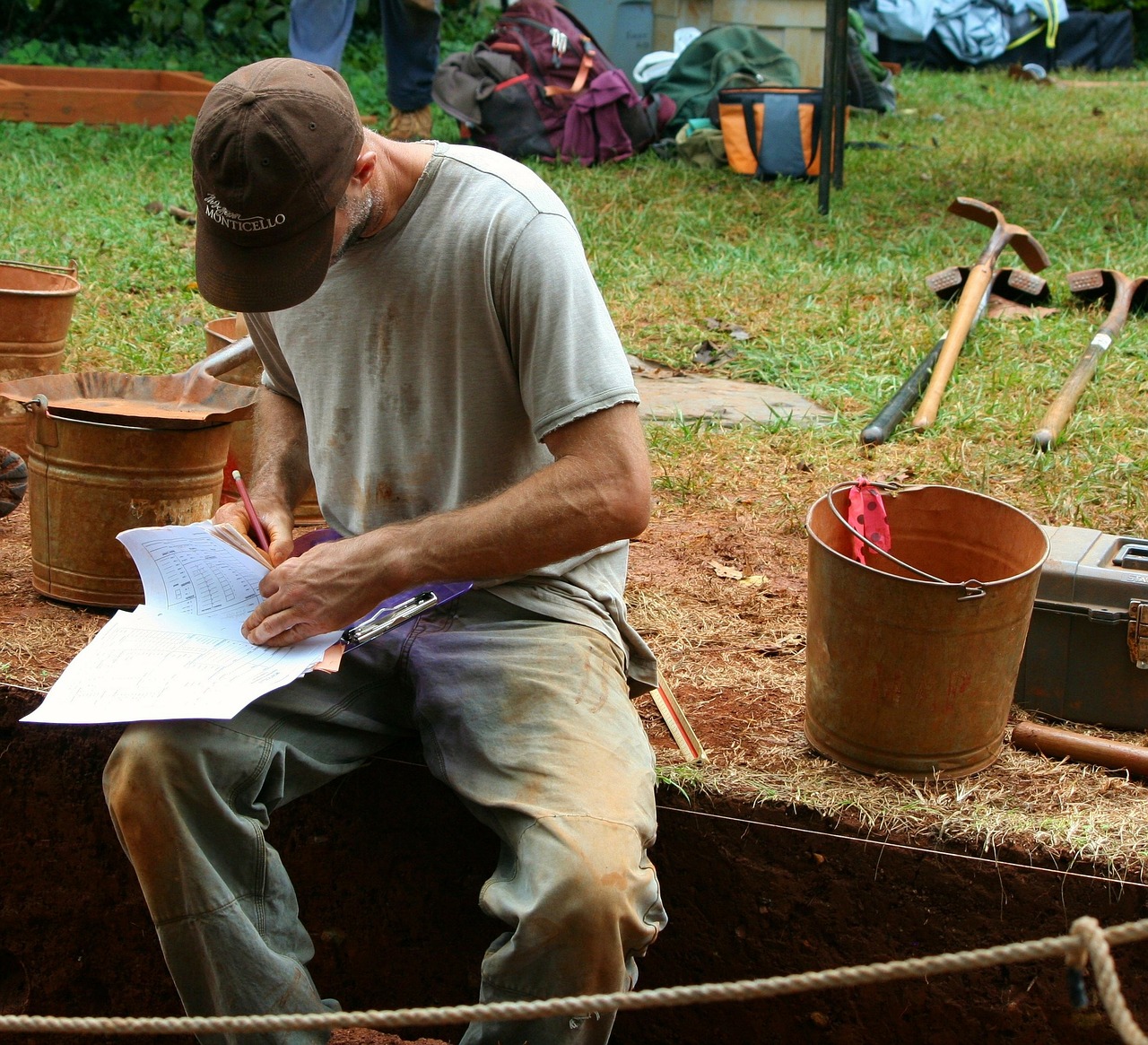Bronze Age textiles from Must Farm
Interview with
Must Farm, near Peterborough, has one of the best-preserved Bronze Age  dwellings ever found. It's been described as the 'British Pompeii' and archaeologists have uncovered all sorts from pots, textiles and glass beads and even a massive wooden wheel that dates back to around one thousand years AD! And Dr Margarita Gleba has been involved in the dig, as she explained to Kat Arney...
dwellings ever found. It's been described as the 'British Pompeii' and archaeologists have uncovered all sorts from pots, textiles and glass beads and even a massive wooden wheel that dates back to around one thousand years AD! And Dr Margarita Gleba has been involved in the dig, as she explained to Kat Arney...
Margarita - It is a fantastic site. I was just there on Friday. I will be analysing fibres from any textile material that they find there. We have some textiles from the pilot dig that happened in 2006 and they are are quite spectacular, quite exceptional because, of course, textiles do not survive very frequently in Britain from that early period.
Kat - And by textiles, are we talking about clothes or how would you define a textile? What sort of things are we talking about?
Margarita - There are many different definitions and some people are more technical about it than others. So a more strict way of defining a textile is fabric or cloth that's made on a loom. But, of course, we have a lot of techniques from prehistory and Must Farm, of course, is a prehistoric site that were pre-loom. So a lot of fabrics were made simply by using hands and different kinds of techniques.
Chris - When you say Bronze Age - how old is that?
Margarita - In this particular case we're in the late Bronze Age and the dates are between 1300 and 900 BC.
Chris - So it's about 3,000 to almost 4,000 years ago, so it's pretty old?
Margarita - Exactly.
Kat - So tell me a little bit about some of the fabrics that have been found there. Because that's 3,000 years old - you'd think that things are going to disintegrate pretty quickly. What sort of things have been preserved?
Margarita - These are small fragments so often we cannot tell what their function was. The reason why they're preserved is because the site burned down and then everything ended up falling into water and being extinguished almost immediately. So this waterlogging, in combination with charring, is very good for the preservation of organic, particularly plant material. That's why we have excellent preservation of all wood on the site and of any kind of plant materials, in fact. And, in fact, all the textiles so far that have been excavated on this site are in plant materials - we don't have any wool for example.
Kat - When do you think we will get some of the exciting findings out? When can we look forward to hearing more about what's been found there?
Margarita - Well, I believe the next press release is happening on the 10th May and I'm hoping that there will be some information about some of the more recent finds but, of course, excavating is just one part of a very long process. After that there will be a lot of post-excavation work and that's when the real work of understanding the material will begin. So it may be a couple of years before we're really get all the data out of the material.
- Previous Moves to cut yellowfin tuna fishing
- Next Living next door to lions










Comments
Add a comment